How Rice Thrives in Flooded Fields
Yamauchi et al. study the formation of aerenchyma in rice – spongy tissue filled with air spaces that develop in roots of wetland plants http://www.plantcell.org/content/29/4/775.abstract
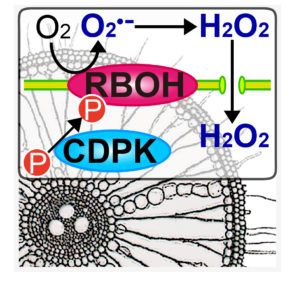 Plants, like animals, need oxygen for respiration (the metabolic process of breaking down sugars to get energy). In leaves, photosynthesis produces oxygen and sugars from carbon dioxide and water, so these plant cells typically have plenty of oxygen. However, root cells need to take up oxygen from the atmosphere. Roots also need to take up water from the soil to support plant growth. Nevertheless, plants growing in flooded or waterlogged soil can die from lack of oxygen, as water fills the spaces between the soil grains and prevents respiration in root cells.
Plants, like animals, need oxygen for respiration (the metabolic process of breaking down sugars to get energy). In leaves, photosynthesis produces oxygen and sugars from carbon dioxide and water, so these plant cells typically have plenty of oxygen. However, root cells need to take up oxygen from the atmosphere. Roots also need to take up water from the soil to support plant growth. Nevertheless, plants growing in flooded or waterlogged soil can die from lack of oxygen, as water fills the spaces between the soil grains and prevents respiration in root cells.
Rice is a crop that can flourish in flooded soils, whereas many other plants will die, so flooding of rice paddies is an important way to control weeds in rice fields. However, even rice plants can suffer yield loss or die if the water is too deep for a long time. In response to waterlogging, rice and many wetland plants form gas spaces called “aerenchyma” by inducing the death of cells inside the roots, allowing oxygen to be transported from leaves down to the roots. Aerenchyma thus play an important role in the survival of rice and other plants under waterlogged conditions.
In response to oxygen deficiency, root cells produce highly reactive molecules called reactive oxygen species (ROS). The concentration of calcium ions also increases prior to aerenchyma formation. These observations led Yamauchi et al. to think that ROS and calcium ions promote aerenchyma formation under waterlogged conditions. Their primary question was to understand how ROS and calcium ions might work together to promote aerenchyma formation in rice.
ROS and calcium ions are linked in reactions catalyzed by enzymes called Respiratory burst oxidase homologs (RBOHs) and calcium-dependent protein kinases (CDPKs). Calcium ions activate CDPK enzymes, which in turn activate RBOH enzymes, and activated RBOH produces a type of ROS called superoxide. Yamauchi et al. found that two rice CDPKs activate a rice RBOH, when expressed in leaves of the model plant Nicotiana benthamiana. The genes encoding these enzymes are highly expressed in rice roots under waterlogged conditions. Moreover, knockout of the RBOH in a rice mutant disrupted aerenchyma formation. These results showed that CDPK-mediated activation of RBOH is essential for aerenchyma formation in rice roots.
Curiously, only some cortical cells die while others do not during aerenchyma formation. The authors hypothesized that the cells that die have greater activities of these CDPK and/or RBOH enzymes. Future studies will focus on understanding how these enzymes are regulated in each root cell. Because flooding can cause tremendous crop yield losses, understanding how plants tolerate waterlogged conditions can help to develop improved rice varieties as well as other flood-tolerant crop plants.
Yamauchi, T., Yoshioka, M., Fukazawa, A., Mori, H., Nishizawa, N.K. Tsutsumi, N., Yoshioka, H., and Nakazono, M. (2017). An NADPH Oxidase RBOH Functions in Rice Roots during Lysigenous Aerenchyma Formation under Oxygen-Deficient Conditions. Plant Cell 29: 775-790.


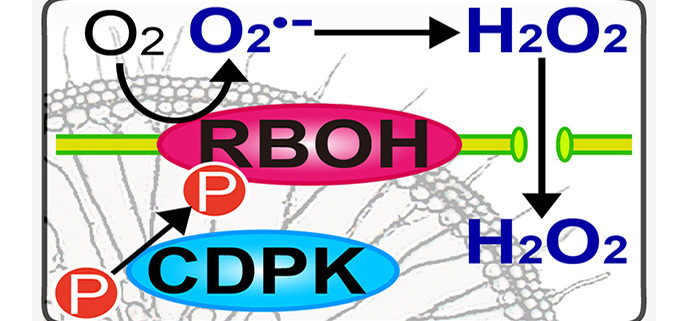



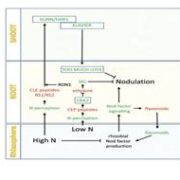
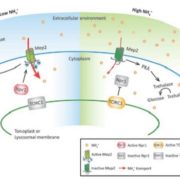
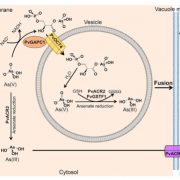


Leave a Reply
Want to join the discussion?Feel free to contribute!